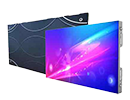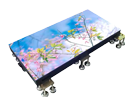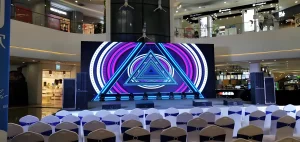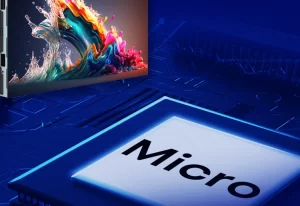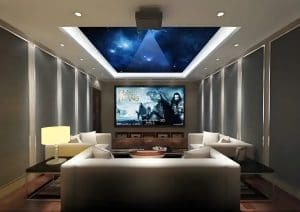How Material Affects the Quality of an LED Display Screen
Key Factors:
The material used in an LED display screen has a significant impact on its quality. Here are several key aspects demonstrating how the material influences the overall performance of the display:
- Viewing Angle: The material determines the viewing angle of the LED display screen. High-quality materials allow for wider viewing angles, ensuring that content remains clear and visible from various positions. In contrast, cheaper materials may result in limited viewing angles, causing reduced visibility and distorted images when viewed from certain angles.
- Brightness and Contrast: The material directly affects the LED display screen’s ability to produce bright and vibrant images. Premium materials can effectively reflect and transmit light, leading to better brightness levels and contrast ratios. Lower-quality materials might not reflect and transmit light as efficiently, resulting in duller and less vibrant visuals.
- Color Accuracy: The material used in LED display screens can influence color accuracy. High-end materials are designed to accurately reproduce colors, providing a more realistic and vibrant visual experience. Inferior materials may lead to color inconsistencies, resulting in inaccurate color representation and diminished image quality.
- Durability: The durability of the material impacts the overall quality and lifespan of the LED display screen. High-quality materials tend to be more resistant to physical damage, such as scratches and impacts, and can withstand harsh environmental conditions. Cheaper materials are more prone to damage, leading to a shorter lifespan and decreased display quality over time.
Overall, selecting high-quality materials for an LED display screen is critical for achieving better viewing angles, brightness, contrast, color accuracy, and durability, thereby enhancing the overall display quality.

